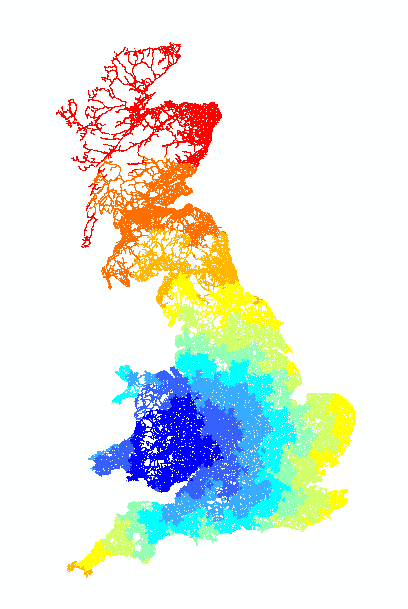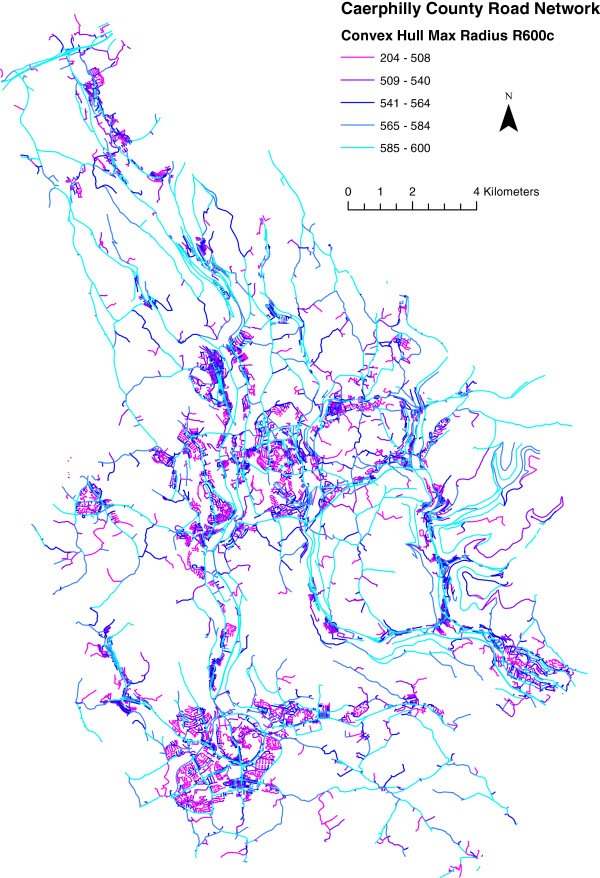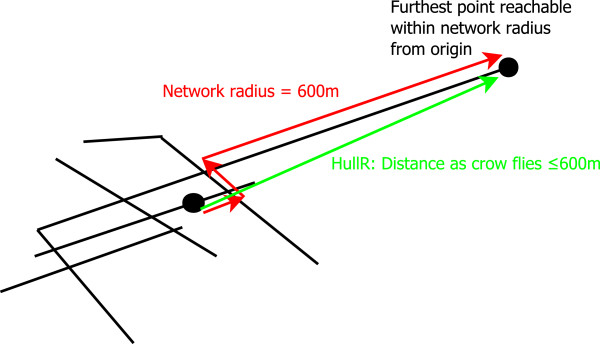I’m excited to present sDNA version 3 for public beta testing. sDNA 3 is based on feeback from our research partners Arup, WSP, Sustrans and Tongji University, and adds an enormous amount of new functionality both for free and paying users.
Enhanced compatibility
- Use Open Source GIS with QGIS Support
- Increased compatibility with network formats (ability to run link-weighted analysis without fixing split links; grade separation and elevation can now be used together)
- Link to other models: export skim matrices from sDNA or use sDNA to assign an external Origin-Destination matrix (sDNA+)
- Easier to install anywhere with offline unlocking and no administrator account required
Enhanced ease of use
- Links can be switched on and off for scenario analysis (sDNA+)
- Do your stats within sDNA, no need for external tools
- Preserve text and numeric data in sDNA Prepare (sDNA+)
- Improved interface to all functions in sDNA, more helpful error messages and it’s less of a CPU hog
- Full user manual – not just for sDNA but guiding you through the theory of spatial network analysis and how to prepare networks
Enhanced analysis
- Produce maps of who uses a selected link (sDNA+)
- Easy to use cycle, vehicle, pedestrian and public transport metrics (sDNA+)
- More realistic behavioural models with hybrid and banded radius, enhanced hybrid metrics for turns (sDNA+)
- Robust multivariate learn and predict tools based on generalized cross-validation
- Geometry outputs are now fully 3d (sDNA+)
- OD Matrix Input and Skim Matrix Output (sDNA+)
Users wishing to test sDNA3 can find it in the downloads folder under experimental. Your previous serial number will work but must be deregistered from sDNA version 2 before uninstalling the old version.
The user manual is here.
Alternatively if you wish to wait, the official release of sDNA3 is scheduled for September 2016.





